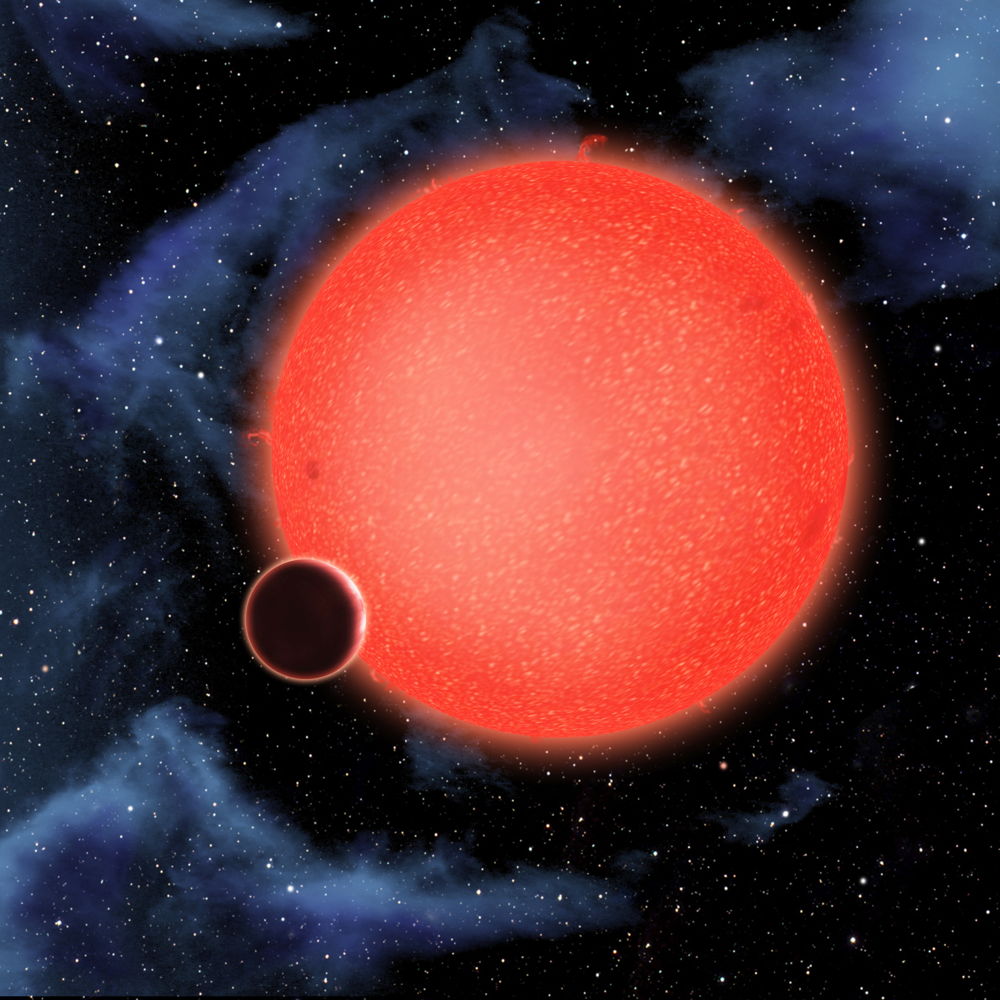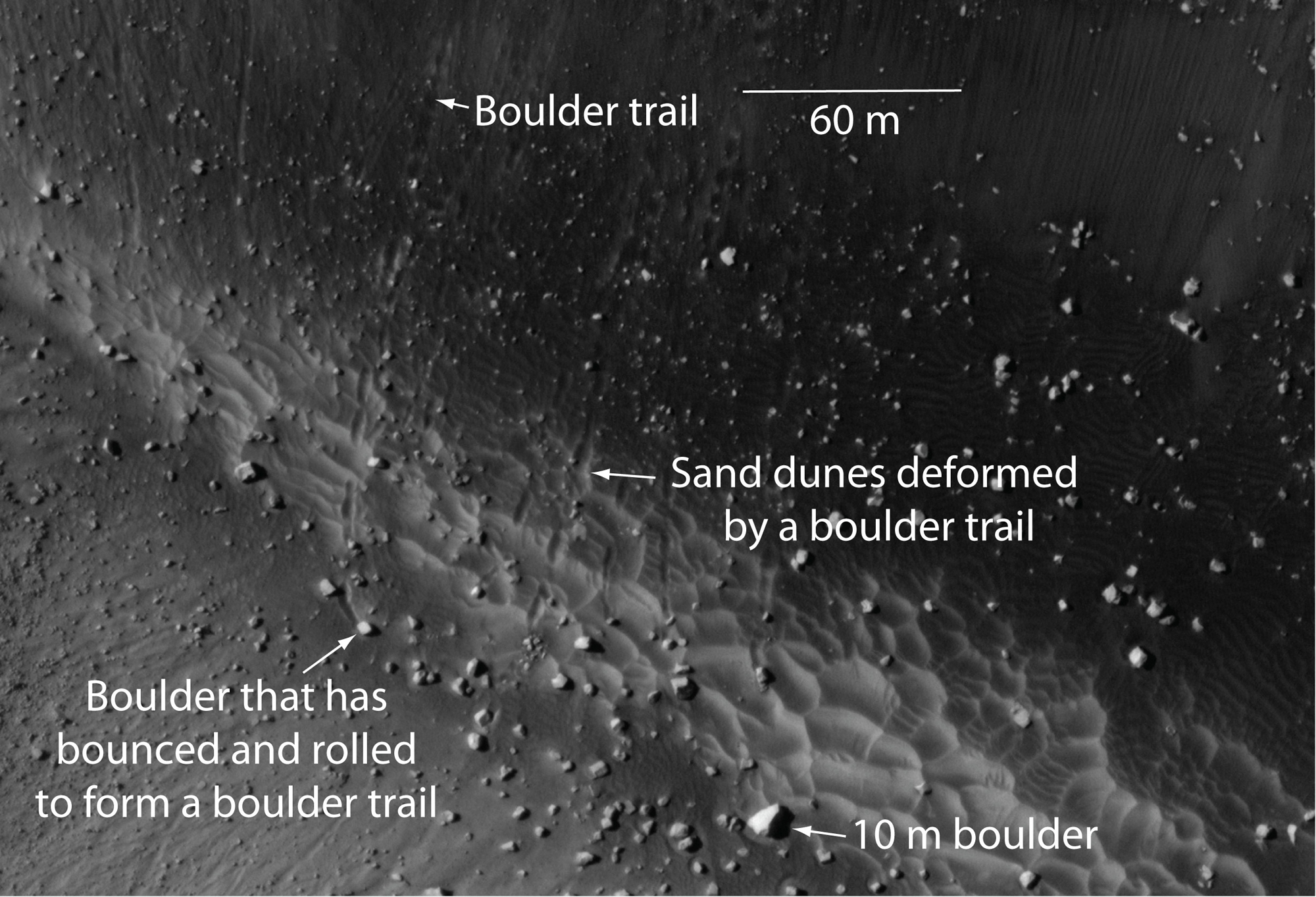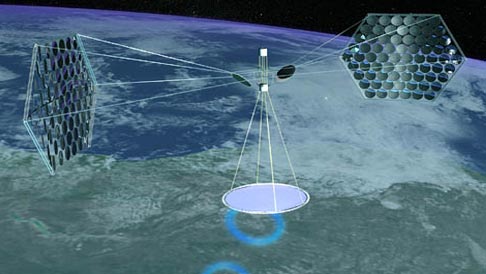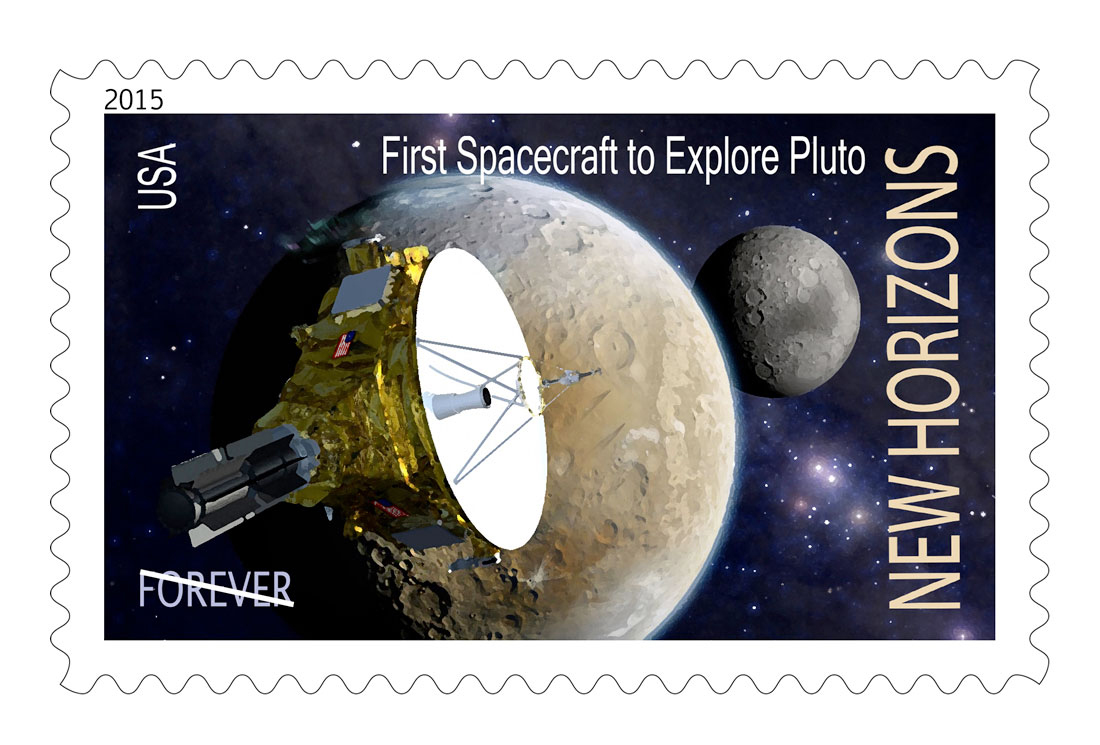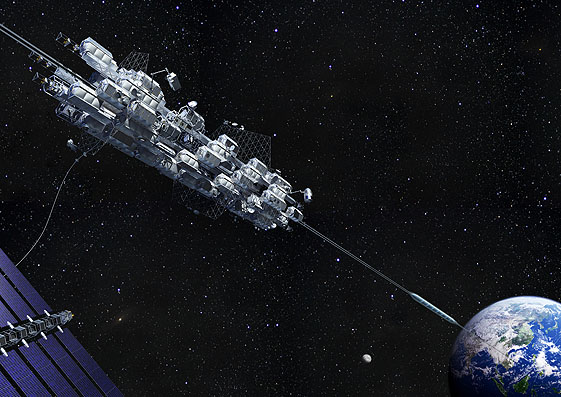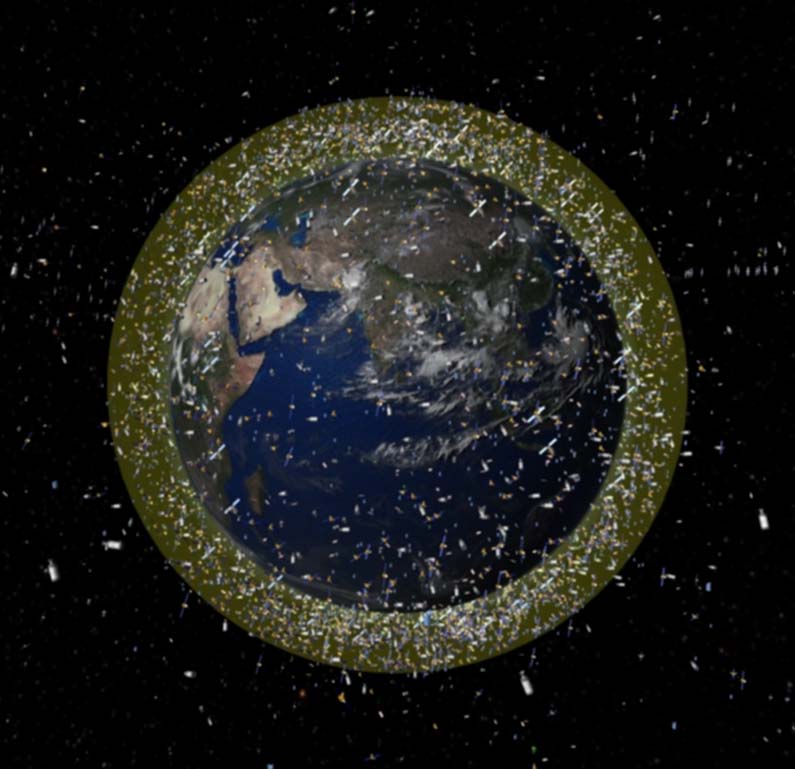Vote Now! Best Space Stories of the Week - Feb. 26, 2012
Alien Planets & Quakes on Other Worlds
From planetary alignments to a waterworld planet and quakes on the moon and Mars, it's been a busy week in space. Vote now for the week's best space story.
FIRST STOP: Moon's Crust Hints at Recent Activity
Moon's Scarred Crust Hints at Recent Activity
The moon's crust was apparently active far more recently than previously believed, scientists say.These new findings raise questions about how the moon formed and evolved, researchers said. [Full Story]
NEXT: 50 Years After John Glenn's Flight, US Needs New Space Ride
50 Years After John Glenn's Flight, US Needs New Space Ride
Fifty years after it first launched an astronaut on a trip around the Earth, NASA finds itself in need of a new generation of spaceships.
On Feb. 20, 1962, John Glenn made the United States' first orbital spaceflight, zipping around our planet three times in his Friendship 7 capsule before splashing down safely in the Atlantic Ocean. The mission put the nation on even footing with the Soviet Union, which had first pulled off the feat in April 1961.
As it celebrates the 50th anniversary of Glenn's historic flight, which helped propel NASA toward unprecedented accomplishments in human spaceflight, the agency lacks the ability to replicate his achievement. [Full Story]
NEXT: 'Marsquake' May Have Shaken Up Red Planet
'Marsquake' May Have Shaken Up Red Planet
The surface of Mars appears to have been shaken by quakes relatively recently, hinting at the existence of active volcanoes and perhaps reservoirs of liquid water on the Red Planet, a new study suggests.Using photographs snapped by NASA's Mars Reconnaissance Orbiter, researchers analyzed the tracks made by boulders that fell from a Martian cliff. The number and size of these boulders — which ranged from 6.5 to 65 feet (2 to 20 meters) in diameter — decreased over a radius of 62 miles (100 kilometers) from a point along Mars' Cerberus Fossae faults. [Full Story]
NEXT: New Type of Alien Planet Is a Steamy 'Waterworld'
New Type of Alien Planet Is a Steamy 'Waterworld'
Scientists have discovered a new type of alien planet — a steamy waterworld that is larger than Earth but smaller than Uranus.
The standard-bearer for this new class of exoplanet is called GJ 1214b, which astronomers first discovered in December 2009. New observations by NASA's Hubble Space Telescope suggest that GJ 1214b is a watery world enshrouded by a thick, steamy atmosphere.
"GJ 1214b is like no planet we know of," study lead author Zachory Berta of the Harvard-Smithsonian Center for Astrophysics in Cambridge, Mass., said in a statement. "A huge fraction of its mass is made up of water." [Full Story]
NEXT: Air Force Eyes Space Nuclear Reactors, Beamed Power
Air Force Eyes Space Nuclear Reactors, Beamed Power
The U.S. Air Force has laid out a new vision for its energy science and technology needs over the next 15 years – a forecast that includes plans for space-based power stations and the prospective use of small nuclear reactors for new spacecraft.
The report, entitled "Energy Horizons: United States Air Force Energy S&T Vision 2011-2026," focuses on core Air Force missions in space, air, cyberspace and infrastructure. A series of Air Force mission-focused workshops and summits were held to shape the new strategy. [Full Story]
NEXT: Loose Cable Explains Faulty 'Faster-than-light' Neutrino Result
Loose Cable Explains Faulty 'Faster-than-light' Neutrino Result
Those famous neutrinos that appeared to travel faster than light in an Italian experiment last September probably did not do so after all. A faulty connection between a GPS receiver and a computer may be to blame for the mistake.In September, and again in a repeat run in November, scientists on the OPERA team had detected neutrinos travelling from the CERN laboratory in Geneva to the Gran Sasso Laboratory near Rome at what appeared to be a light-speed-shattering pace. The neutrinos completed the trip about 60 nanoseconds faster than a beam of light would have done.Though the physicists felt confident in their experimental setup, they and the rest of the scientific community suspected that the shocking result was probably due to some error, considering that light as the universe's speed limit is a central tenet of Einstein's theory of special relativity. [Full Story]
NEXT: Pluto Stamp Petition Surpasses 6,000 Signatures
Breaking space news, the latest updates on rocket launches, skywatching events and more!
Pluto Stamp Petition Surpasses 6,000 Signatures
The dwarf planet Pluto may be at the edge of our solar system, but an effort on Earth is seeking to put the icy world in mailboxes across the country — in stamp form.
An online petition backed by scientists with NASA's New Horizons mission is pushing for new postage stamp for Pluto and is hoping to hit 100,000 signatures by March 13, which is the 82nd anniversary of Pluto's discovery.
So far, the effort has gained the support of more than 6,000 Pluto fans since the petition launched on Feb. 1. SPACE.com is tracking the new Pluto stamp effort through its March 13 deadline. [Full Story]
NEXT: Japanese Company Aims for Space Elevator by 2050
Japanese Company Aims for Space Elevator by 2050
People could be gliding up to space on high-tech elevators by 2050 if a Japanese construction company's ambitious plans come to fruition.
Tokyo-based Obayashi Corp. wants to build an operational space elevator by the middle of the century, Japan's Yomiuri Shimbun newspaper reported Wednesday (Feb. 22). The device would carry passengers skyward at about 124 mph (200 kph), delivering them to a station 22,000 miles (36,000 kilometers) above Earth in a little more than a week. [Full Story]
NEXT: Playboy & Virgin Galactic Dream Up Cosmic Men's Space Club
Playboy & Virgin Galactic Dream Up Cosmic Men's Space Club
Playboy is about to launch into the final frontier, at least in its imagination.The iconic adult-magazine company has dreamed up a vision of a Playboy Club in space — a sprawling sci-fi-inspired depiction of fun and games on a huge private space station – in conjunction with the space tourism company Virgin Galactic. The results appear in the March issue of Playboy magazine on newsstands now.A zero-gravity dance club, a casino featuring "human roulette" and a restaurant for fine dining are just some of the amenities envisioned by artist Thomas Tenery and released by Playboy Tuesday (Feb. 22). The magazine worked with several futurists and scientists, including Virgin Galactic head designer Adam Wells, to illustrate the potential space Playboy Club. [Full Story]
NEXT: Space Junk Janitors Should Sweep Up 5 Dead Satellites a Year
Space Junk Janitors Should Sweep Up 5 Dead Satellites a Year
Humanity can keep its space-junk problem under control by removing about five big pieces of orbital debris every year from the huge cloud surrounding Earth, experts say.
Such an active remediation effort, combined with more passive measures like draining fuel from defunct satellites, would likely keep space-junk levels relatively constant for the next 200 years or so. And there's more good news: We probably have a decade or two to figure out how to do it, researchers say.
"Orbital debris is a serious issue, but at the same time, the sky is not falling," J.-C. Liou, of NASA's Orbital Debris Program Office in Houston, said during a presentation with the agency's Future In-Space Operations working group Wednesday (Feb. 22). [Full Story]
NEXT: Astronaut Builds LEGO Space Station Inside Real-Life Space Station

Space.com is the premier source of space exploration, innovation and astronomy news, chronicling (and celebrating) humanity's ongoing expansion across the final frontier. Originally founded in 1999, Space.com is, and always has been, the passion of writers and editors who are space fans and also trained journalists. Our current news team consists of Editor-in-Chief Tariq Malik; Editor Hanneke Weitering, Senior Space Writer Mike Wall; Senior Writer Meghan Bartels; Senior Writer Chelsea Gohd, Senior Writer Tereza Pultarova and Staff Writer Alexander Cox, focusing on e-commerce. Senior Producer Steve Spaleta oversees our space videos, with Diana Whitcroft as our Social Media Editor.
